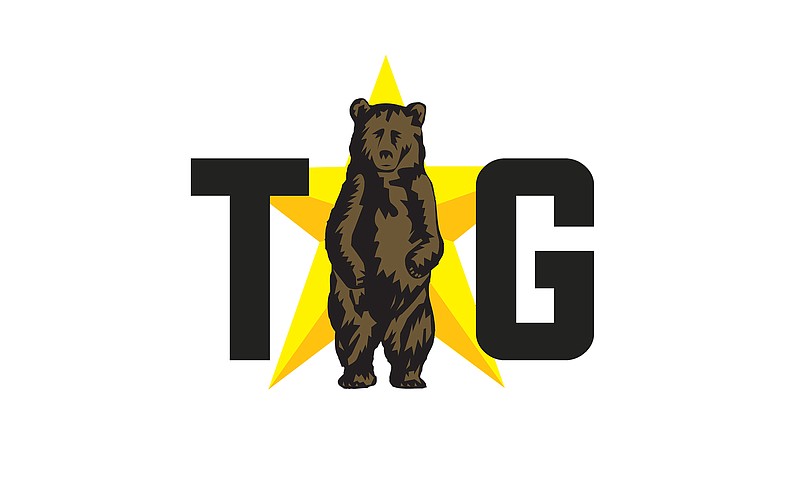The recent COVID-19 crisis increased the demand for work-from-home employees. Human resource departments and professionals are finding themselves on a fast-track to address the growing demand and interest in the changes to the workforce and workspace. Many surveys and studies have launched in the last few months in order to gauge how many employees will work-at-home after the COVID-19 crisis. Global Workplace Analytics currently estimates approximately thirty percent of the workforce will be working remotely by the end of 2021.
Although remote and flex-time schedules have been growing for years, the recent pandemic forced working-from-home into overdrive. Managers who had traditionally hesitated to embrace remote work assignments have found new ways to account for productivity. Previously, managers equated productively to the presence of an employee in a physical workspace. However, the response to COVID-19 has shifted the focus away from counting the presence of employees toward counting results.
The demand for flexibility for where and how individuals work is now greater than ever. Managers and employees with prior experience with remote working are more likely to adopt and support a work-from-home situation. Human resource professionals play an important role in supporting management and workers as they make the transition away from brick and mortar spaces to remote locations.
At the front lines for many organizations responding to the COVID-19 crisis are Human Resources. While employee safety remains key, it is beneficial for managers and HR departments to think about what changes will likely become permanent.
Advanced technology and communication infrastructures have made working-at-home a viable option for most employers. The following are common questions HR professions have been addressing: 1) What is the best way to disseminate information about meeting schedules and communication strategies while working remotely?; 2) Who will pay for the necessary equipment and connectivity such as monitors, headsets, and software?; 3) How is company equipment recovered when employees separate from the organization?; and 4) What is the best way to monitor and enforce attendance?
While acquiring the tangible assets necessary for remote working is essential, the monitoring and maintenance of intangible assets, such as employee morale, is an essential factor for employee's emotional wellbeing. Routine practices typically evolve into habits. HR professionals should work with managers to establish a routine process to check-in with employees dealing with the isolation and added stress associated with a new job design.
Historically organizational cultures have been an important part of an organization's success. Culture helps shape the company's mission and gives employees a purpose to their work. Company cultures are susceptible to crisis as originations and employees scramble for financial security. A critical part of maintaining company culture in a virtual environment is constant and constant communication. Additionally, top leadership must exhibit an evident commitment to the organization's culture. A sustained culture is crucial to holding the organization together over the long-term.
Employees often spend more hours in the workplace versus time in the home. It in not unusual or surprising that many employees are longing for the social interactions after being separated from the workplace. The physical workplace provides a space for employees to engage and develop camaraderie. Employee engagement is important to organizations. Gallup research revealed engaged employees have higher enthusiasm, are more productive, treat customers better, attract new customers, and have a higher intent to remain with the organization. Additionally, engaged employees are historically healthier and are less likely to experience burnout. Organizations can show their commitment to employee's well-being. Some organizations are now adjusting employee benefit plans to include products such as telehealth for virtual doctors' visits. Many are promoting wellness and fitness incentives. Other organizations are finding it necessary to provide employees access to mental health benefits and resources regarding financial education. While maintaining employee engagement in the new normal may be challenging, it is a crucial part to of an organization's sustainability.
Human Resources are an essential part of an organization. Human capital is a vital investment to the future and success of an organization. The COVID-19 pandemic has produced novelty and created uncertainty. Recruitment and selection during this time is evolving. Trending within HR forums are individual traits that tend to sustain and even thrive in uncertain times. Individuals with a high tolerance of ambiguity are less likely to experience the negative effects of stress during times of uncertainty. Employees that are naturally curious tend to be better adaptive to unusual situations. Many organizations are dealing with a new environment and may find it necessary to adjust the employee selection processes as well as training and development programs to hire and train for skill sets that are more resilient to the changing environment.
While many HR lessons will be gained from the COVID-19 crisis it is important to remember there are also unintended benefits to a new virtual workforce. Some areas have seen a decrease in traffic and pollution reducing the carbon footprint. On average, employers will save approximately $11,000 per year for every employee that works remotely at least fifty percent of the time. For now, the workplace genie has busted out of the bottle. What the future holds is still uncertain, yet it is likely to take on a new form.

